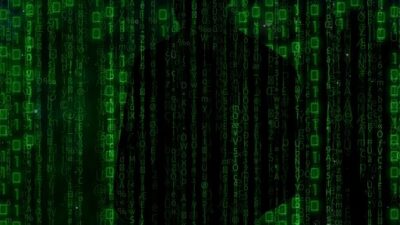The digital landscape is evolving, shifting from the traditional Web2 to the revolutionary Web3. This transformation marks a significant change in how we interact online, redefining everything from data ownership to user engagement. Understanding the differences between Web2 and Web3 is crucial for individuals, businesses, and developers alike, as we navigate this new era of digital interactions.
The Foundation: What is Web2?
Web2, also referred to as the "read-write" web, is characterized by user-generated content, interactivity, and social media platforms. Emerging in the early 2000s, it allowed users to not just consume content but also create and share it. Platforms like Facebook, Twitter, and YouTube became dominant forces, enabling communities to form around shared interests.
However, while Web2 democratized content creation, it also led to significant challenges. The centralization of power in the hands of a few tech giants — often referred to as "Big Tech" — resulted in issues such as:
-
Data Privacy Concerns: User data is collected, stored, and monetized by large corporations without transparent consent.
-
Censorship and Control: Platforms have the power to control speech, shaping narratives and impacting public opinion.
- Inequitable Revenue Distribution: The creators often see a small fraction of the revenue generated by their content, while platforms retain the majority.
Enter Web3: The "Read-Write-Own" Web
Web3 emerges as a response to the limitations of Web2. It is built on decentralized technologies, primarily blockchain, which promise a more equitable and user-centric internet experience. Here are key aspects of Web3:
1. Decentralization
In Web3, control is distributed across the network rather than held by a singular authority. This decentralization helps mitigate the risk of censorship and power imbalances. Users maintain ownership of their data and content, solidifying their role in the digital economy.
2. User Ownership and Participation
Web3 enables users to own digital assets through Non-Fungible Tokens (NFTs) and cryptocurrencies. This ownership is not just limited to assets; users can also have a say in the governance of platforms through decentralized autonomous organizations (DAOs). This shift empowers individuals to participate directly in the platforms they engage with.
3. Enhanced Privacy and Security
With encrypted transactions and decentralized identities, Web3 offers more robust security measures. Users have greater control over their personal information, minimizing the risks associated with data breaches and unauthorized usage.
4. Interoperability
Web3 promotes a cohesive ecosystem where platforms can interact seamlessly. Unlike the siloed experience of Web2, users can transfer assets and data across various platforms without restrictions, enhancing the overall user experience.
Implications for Businesses and Developers
The transition from Web2 to Web3 presents both opportunities and challenges for businesses and developers:
Opportunities
- New Business Models: Companies can explore innovative revenue models, leveraging tokenization and decentralized finance (DeFi) to establish direct relationships with consumers.
- Community Engagement: Brands can foster loyal communities by involving consumers in decision-making processes, creating a sense of ownership and connection.
Challenges
- Technical Complexity: The infrastructure for Web3 is still evolving, requiring a new set of skills and tools for developers.
- Regulatory Uncertainty: The decentralized nature of Web3 poses regulatory challenges, as governments grapple with how to address new technologies like cryptocurrencies and DAOs.
Conclusion: Embracing the Future
The shift from Web2 to Web3 represents a fundamental change in the digital landscape. While Web2 has made immense contributions to connectivity and content creation, Web3 offers a vision of a more equitable, user-driven internet. As we continue to navigate this new era of digital interactions, understanding and adapting to these changes will be vital for anyone looking to thrive in the online space.
The future of the internet is being built now; embracing these transformations could lead to a more inclusive and empowering digital experience for all. As users, businesses, and developers, our challenge will be to harness the potential of Web3 while addressing its inherent complexities, ensuring a digital landscape that prioritizes creativity, security, and ownership.


